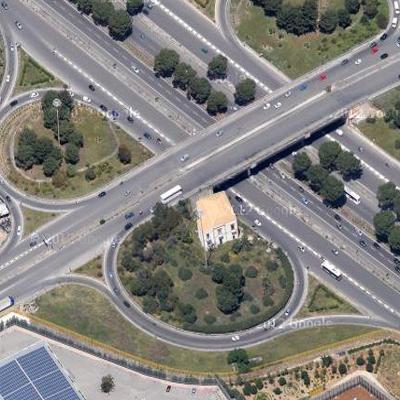Architetto, libera professionista
silvia.petrucci.architetto_301
Palazzo Bagatti Valsecchi
Il riuso, o il cambio di destinazione di un immobile, portano con sé la necessità di un adeguamento funzionale e strutturale, frutto di una progettazione che segue, per iter logico e cronologico, una fase conoscitiva ben distinta da quella progettuale. Tale fase si sviluppa attraverso l’acquisizione di dati sulla consistenza materiale e storica dell’edificio e sullo stato di salute dello stesso, attraverso la messa in campo di rilievi, indagini e prove disposte dal progettista, a fronte di ispezioni preliminari e delle trasformazioni previste dal progetto architettonico. La conoscenza delle geometrie, dei materiali, delle patologie, associata a quella della storia,della struttura e delle tecnologie del manufatto, permette di progettareun intervento ad azioni mirate e puntuali (minime), che sia efficace ma rispettoso dell’organismo edilizio nel suo portato storico di cultura formale, per le parti visibili, e rispettose del materiale e della tecnica per le parti invisibili.
Articolo tratto da recuperoeconservazione 100/2011
Palazzo Bagatti Valsecchi
Changes in the use of an historical building often implies functional and structural interventions. In order to satisfy the principle of “respect” and of “minimum intervention”, due to the historical building, the usual procedure needs a preliminary accurate survey, a careful diagnosis and a strong cooperation between architects and engineers, in order to define the further design steps. In the case of Palazzo Bagatti-Valsecchi, where the authors started to cooperate only months after the beginning of the works, many information were unavailable and were discovered only during the same working operations.
This fact gave rise to a sort on unusual “project in progress”, a procedure much more frequent in the past when the concept of time was different, in which it was possible to check immediately, on site, the needed hypothesis for every decision, together with their possible consequences. The strong cooperation between all the operators was the main goal, able to shorten the time to close the restoration works, in this very special “open site of knowledge”.
The consolidation of two precious wooden floors is illustrated, as an example of the adopted procedure.
LA BUROCRAZIA ITALIANA PUNISCE I VIRTUOSI
L'Italia è il Paese dove è possibile aspettare sanatorie agli abusi edilizi, ma non il risanamento da quegli abusi. Un progetto di ripristino dei luoghi ante abuso e ante sanatoria non viene considerato dallo Stato come un intervento di interesse comune, pertanto non viene premiato, ma caricato di oneri. Mancano gli strumenti e la mentalità del risanamento della qualità del territorio e in questo modo "la burocrazia punisce i virtuosi".
BUREAUCRACY VERSUS QUALITY
Italy is the place where you can expect amnesty to unauthorized constructions, but where you can't be supported for the recovery from the abuse. Politics and bureaucracy don't help bold citizen who prefer architectural and urban quality instead of quantity. There aren't tools nor mentality for rehabilitation, and "bureaucracy smite civic virtue".
L'ITALIA MERITA UNA PIANIFICAZIONE INTELLIGENTE
La gestione del territorio deve avere un indirizzo univoco, in cui le azioni di tutti gli enti competenti vadano di concerto in un'unica direzione sia nella progettazione che nella conservazione, salvaguardando quella risorsa non rinnovabile che è il nostro paesaggio.
A POINTLESS RESTAURATION
The management of the territory must have a clear purport, in which any actions go together in the same direction both in new design and in the preservation, forward the protection of our landscape, as a non-renewable resource.

